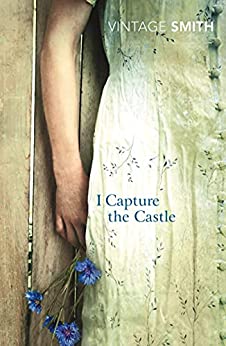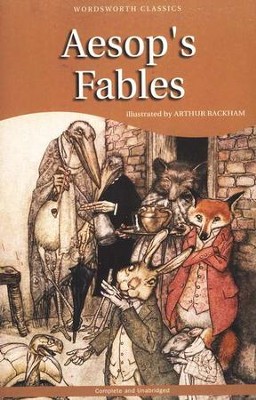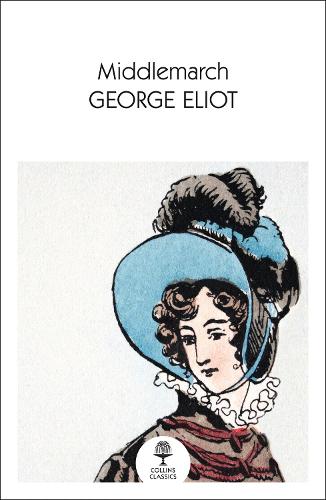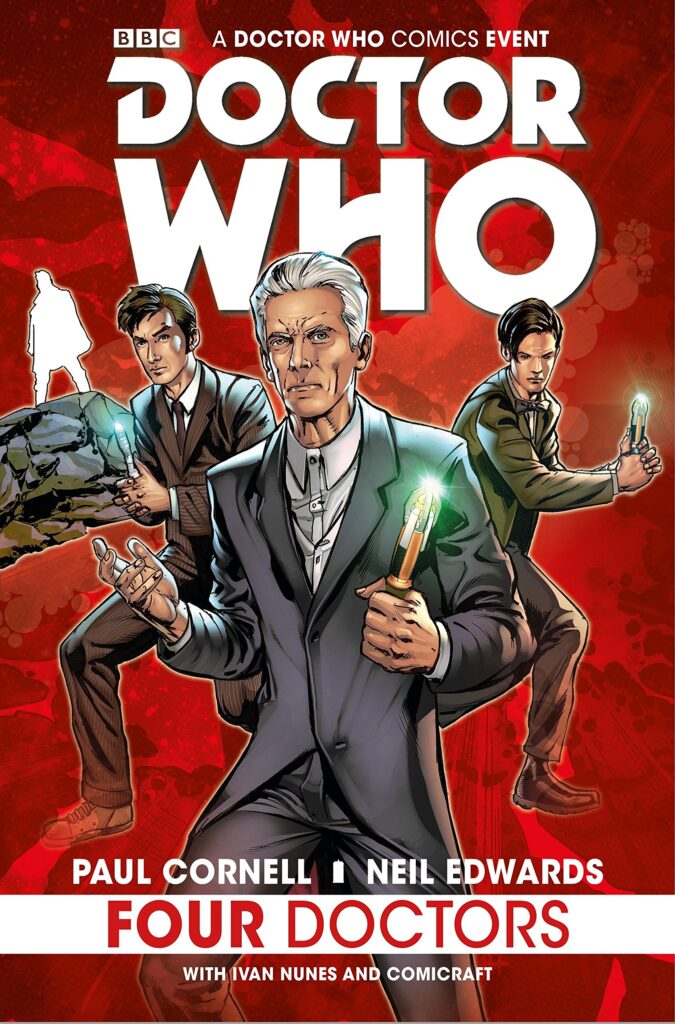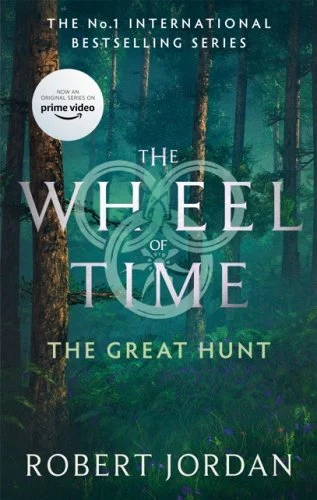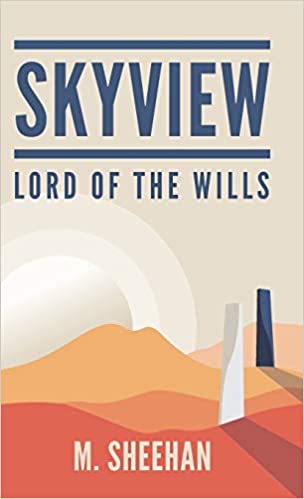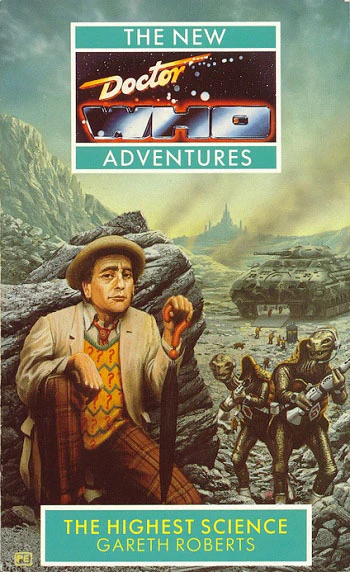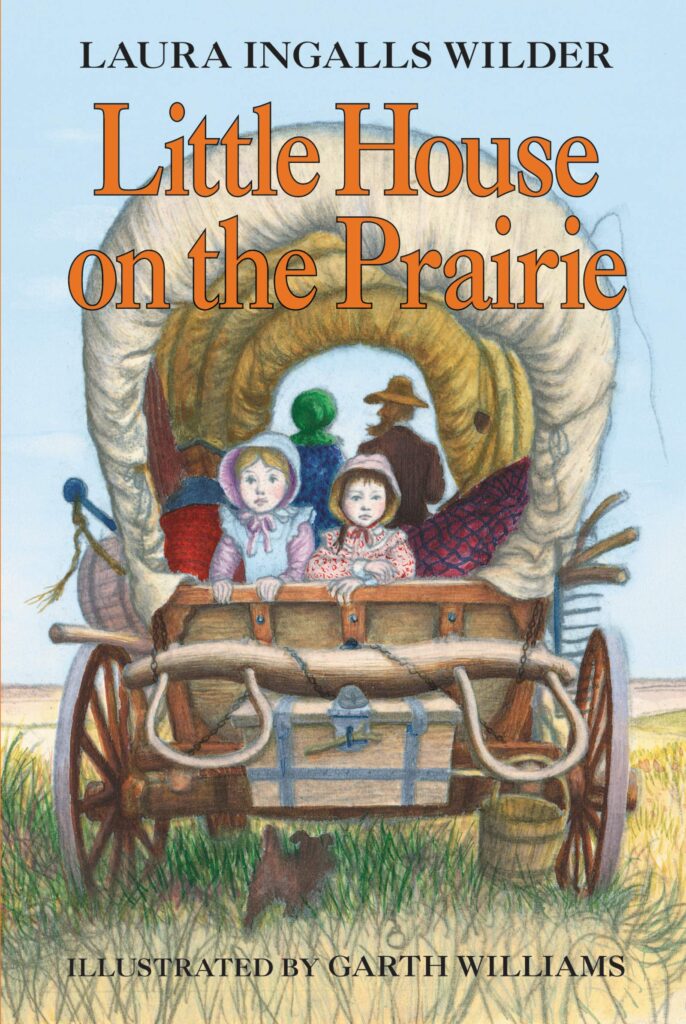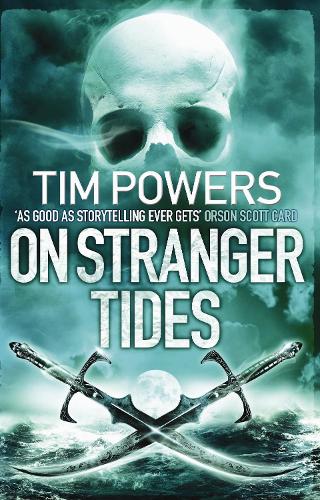Set in an abandoned old castle, I Capture the Castle is the story of two sisters (Cassandra and Rose), their father, Mortmain, a struggling writer, his wife, Topaz, a nude model, and their servant, a young man named Stephen. Though you’d expect anyone living in a castle to be pretty well-off, they’ve leased it and barely have any money at all, because while Mortmain once wrote a really successful novel, he’s never been able to come up with a second, and he struggles to come up with anything else through fear of reaching the same levels of success.
The whole book is the diary of Cassandra and she’s a very believable (and likeable) teenage character. Sometimes she comes across as a little too melodramatic, but then, what teenager isn’t melodramatic from time to time? But even though she can be a bit gloomy, the book does a really good job of capturing the feeling of being an older teenager on the cusp of becoming an adult. There’s a charming joy and brightness to it all.
You could say that Cassandra is in the spring of her life, and I feel like this book embodies spring in a lot of ways. Though the book spans through spring, summer, and autumn, there are a lot of scenes of the characters enjoying themselves on sunny days around the village in which they love. The setting of the book is really beautiful – the castle comes across so clearly and the author does such a good job of creating vivid images of the quaint English countryside. Meanwhile, she also goes into a lot of detail about the history of the castle they live in, that helps it feel very rooted in history in a way that I really enjoyed.
Contrasted against that though, are the two American men: Simon and Neil Cotton. Having seen so little of the world, Cassandra (and her sister Rose) are both really taken with their pair of them. While they have some rather toxic attitudes (mostly Simon), the girls in their naivety don’t notice these warning signs (and, I guess, also, it’s the 1930s). Being written entirely from Cassandra’s perspective, it’s interesting to see how her thoughts and perspectives change – it helps make it more realistic.
On that note, I won’t spoil it, but the novel ends when Cassandra decides to stop writing in her diary. Initially, I was disappointed by this, because it felt a bit underwhelming, but as time went by, my opinion of it slowly changed – thinking more and more about it, it felt very true to life, and though it is a bit open ended, it does leave room for you to interpret events in whatever way is most appealing to you.
There were a lot of things that I really enjoyed about this book. I felt I really got to know and like Cassandra – meanwhile, I also really liked her sister Rose and I was quite invested in the relationship between them. Their father, Mortmain, though kind of obnoxious, was also quite an interesting and eccentric character. Topaz and Stephen are both really strong, likeable characters as well, and I was particularly moved by Stephen towards the end. Ultimately, a book that creates such a beautiful setting that you can imagine so clearly and fills it with a cast of characters you’re properly invested in, is a book that’s definitely worth reading.
Rating: 8.6/10

